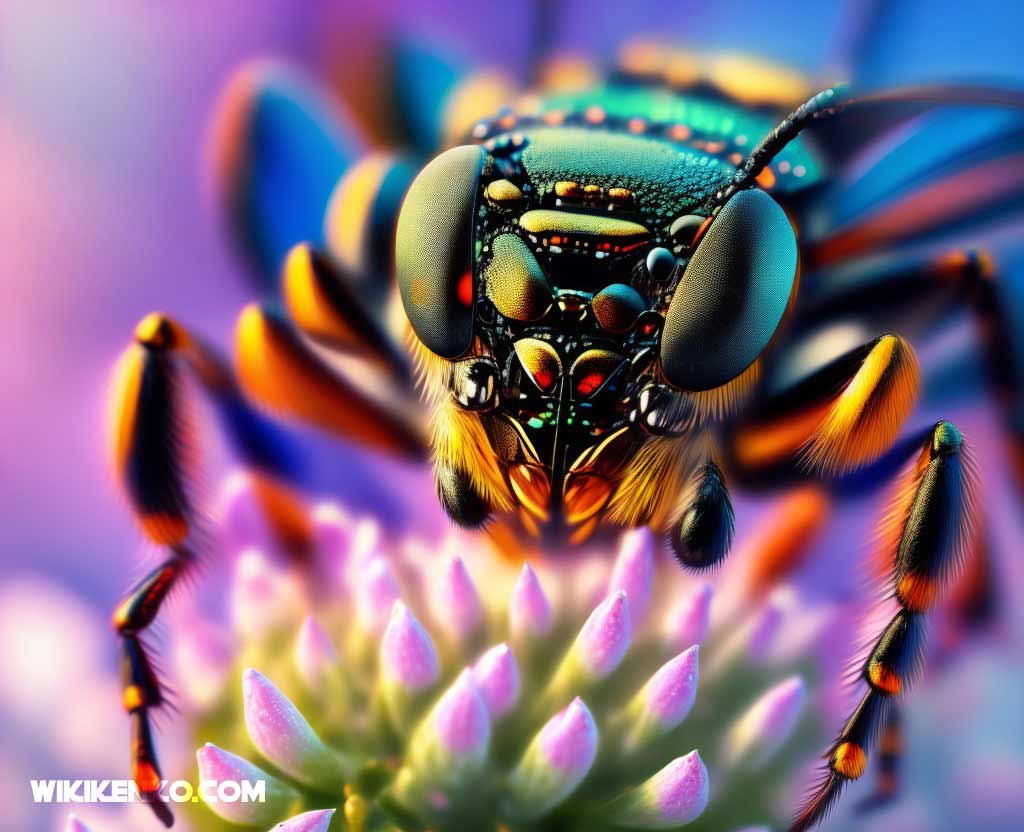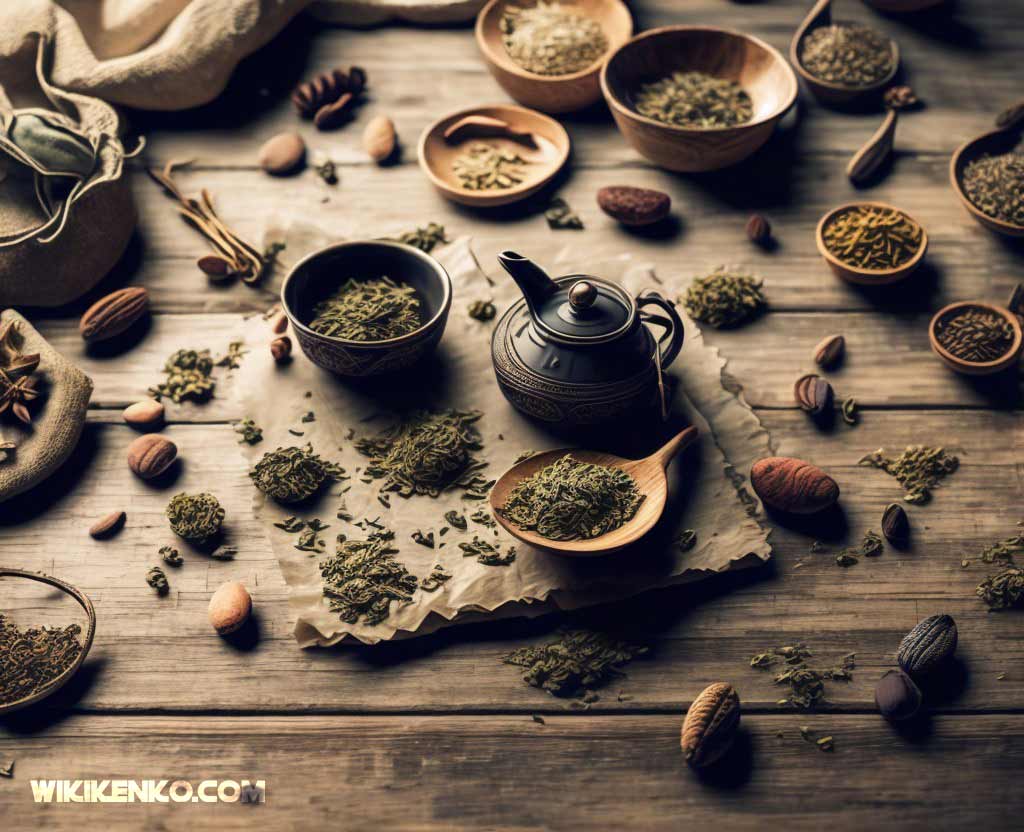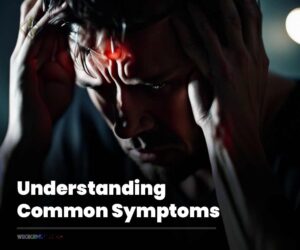Hives, or urticaria, are red, raised, itchy bumps that can appear on the skin due to an allergic reaction or other factors. While individual hives may only last for a few days, new ones can appear as the old ones fade away, meaning that hives can persist for anywhere from hours to weeks.
In this article, we will cover the symptoms, causes, and treatment of hives, including both acute and long-term cases.
Symptoms of Hives
The symptoms of hives include:
- Itching
- The appearance of red or flesh-colored bumps or welts (wheals) on the skin, each of which has edges that are very clearly defined
- The spreading or joining together of infected areas into one larger mass
- A change in the shape or appearance of the infected area
If you are unsure whether your symptoms are due to hives, you can press the wheal and see if the center turns white. If it does, it is likely to be hives.
Causes of Acute Hives
Before treating hives, it’s important to understand what caused them in the first place. Acute hives can last for up to six weeks, with the most common causes being food, infections, and medications. Fresh foods are typically more problematic than those that are cooked.
The most common triggers of acute hives include:
- Food allergies, with eggs, cheese, shellfish, and peanuts being the most common culprits
- Allergies to environmental elements like chemicals, dust mites, and pollen
- Latex allergies, which healthcare workers may be particularly susceptible to
- Infections, ranging from the common cold to HIV
- Bites and stings from insects
- Reactions to medications such as non-steroidal anti-inflammatories, antibiotics, and aspirin
- Physical reactions brought on by temperature changes, stress, sunlight, water, or exercise
- In many cases, the triggers are unknown
Causes of Long-Term Hives
When the immune system breaks down and attacks the tissues, it can cause a long-term case of hives, also known as an autoimmune reaction. The proteins whose job it is to fight bacteria and viruses release histamine, which can result in hives. Almost all of the most extreme cases of hives can be traced back to an autoimmune issue.
It is currently unclear how autoimmune hives initially develop, but there may be a link to other autoimmune conditions such as lupus and rheumatoid arthritis. There are also several chronic illnesses and infections that can be linked to chronic urticaria, with thyroid gland issues at the top of the list. Chronic hives can come and go, with many believing that certain triggers cause the hives to flare up.
The most common triggers of long-term hives include:
- Stress
- Alcohol
- Caffeine
- Warm temperatures
- Prolonged skin pressure brought on by tight clothing
- Medications
- Food additives like salicylates that are common in things like tea and orange juice
- Bites and stings from insects
- Heat, cold, and water exposure
Treatment of Hives
If you have hives, your doctor will generally prescribe a prescription-strength antihistamine to treat them. The most commonly prescribed antihistamines for hives are levocetirizine, cyproheptadine, and cetirizine, which are usually only prescribed in extreme cases.
These medications are less likely to make you drowsy than over-the-counter varieties and can be obtained through a local or online Canadian pharmacy. Your physician may also recommend a short course of oral steroid medication
How to prevent hives:
While hives can be difficult to prevent, there are some steps you can take to lessen the likelihood of developing them. It is important to identify and avoid triggers that may cause hives to flare up. Here are some tips for preventing hives:
- Avoid known allergens: If you are aware of any allergens that may trigger hives, avoid them as much as possible.
- Be cautious with new foods and medications: When trying new foods or medications, be cautious and take note of any allergic reactions that may occur.
- Practice stress-reduction techniques: Since stress is a common trigger for hives, it’s important to find ways to reduce stress in your daily life. This may include exercise, meditation, or other relaxation techniques.
- Wear loose-fitting clothing: Wearing tight clothing can cause pressure on the skin, which may trigger hives. Opt for loose-fitting clothing instead.
- Keep a diary: Keeping a diary of hives outbreaks can help you identify triggers and avoid them in the future.
How to Get Rid of Hives Fast, Naturally
Hives are raised, itchy, red welts on the skin that occur as a result of an allergic reaction. The welts can vary in size and appear anywhere on the body. Hives can be acute, lasting for a few hours or days, or chronic, lasting for more than six weeks.
1. Cold, Wet Cloth
You can reduce swelling and inflammation of hives by applying a cold compress to the affected area. Use a clean, damp cloth or piece of paper towel, and apply it to the affected area for 15 minutes to reduce swelling. Repeat this process every few hours. If the itchiness becomes unbearable, taking a cold bath or shower can help, but it is not recommended for people with sensitive skin, as cold water can exacerbate the issue.
2. Herbal Teas
Certain herbal teas can help reduce the symptoms of hives. Green tea, goldenseal, devil’s claw, and chamomile teas are the most effective at reducing allergies, thanks to their antihistamine properties. Drink three cups per day of any herbal tea to reduce the symptoms of hives.
3. Herbal Antihistamines
Stinging needle, coltsfoot, and basil are effective herbal antihistamines. Stinging needle is a histamine restrictor and can be found in pill form. Coltsfoot is found in pill or paste form and is effective for skin issues. Basil cannot be taken in pill form and needs to be applied as steam heat to the leaves, then gently placed on the affected area.
4. Oatmeal Bath
A warm oatmeal bath is particularly helpful if the hives have spread to a large area of the body. Soak in a warm oatmeal bath to help reduce the symptoms of hives, particularly if they are displaying on the legs and other areas of the lower body.
5. Aloe Vera
Aloe vera is effective in treating hives and is great for other skin conditions. It not only treats the affected area but also acts as a barrier against the unaffected areas of the skin, helping it to heal faster. Use aloe vera on the affected areas as well as the areas around the hives.
Other Remedies
Ice packs and cold compresses can provide relief from the itching and inflammation caused by hives. Placing baking soda or colloidal oatmeal in a bathtub full of cold water can also help reduce body temperature and alleviate itching. Over-the-counter antihistamines are available from your local pharmacy, but they may cause drowsiness, so be careful when taking them.
Natural Home Remedies for Hives
If you experience hives, there are several natural home remedies you can try to alleviate the symptoms. These remedies can provide relief from itching, swelling, and discomfort associated with hives.
1. Cold Compress
One of the less common triggers for hives is cold, so applying a cold compress to the affected areas can help reduce the symptoms. The cold effectively shrinks the blood vessels and stops more histamine from being released. If itching is a problem, add some oatmeal to your cool bath water and soak in there for 10-15 minutes. Oatmeal can get slippery when added to water, so be careful getting out of the tub.
2. Witch Hazel or Calamine Lotion
Gently dabbing witch hazel or calamine lotion onto the welts can help alleviate the symptoms. These are both astringents that are effective at shrinking blood vessels and blocking the release of histamine.
3. Pepto-Bismol or Milk of Magnesia
The alkaline qualities of Pepto-Bismol and milk of magnesia make them good alternatives to calamine lotion for relief from itching.
4. Baking Soda
Mixing baking soda and a few drops of water in a small cup until you get a paste-like consistency and then spreading the paste over the affected areas can help relieve the itching and irritation.
5. Cream of Tartar
Another ingredient you can use to create a paste is cream of tartar. Simply mix it with a few drops of water and apply to your hives.
6. Vinegar
For relief from itching caused by hives, mix 1 teaspoon of vinegar with 1 tablespoon of lukewarm water and use a cotton ball or tissue to apply to the affected area.
7. Brown Sugar, Fresh Ginger, and Vinegar
Another home remedy that has been used by the Chinese for many years involves boiling ¼ cup of brown sugar and 1 tablespoon of fresh ginger in ¾ cup of vinegar for a few minutes. Mix with warm water and apply to your hives a few times per day.
8. Nettle
Herbal experts suggest using nettle as an alternative to antihistamines. You can take them in capsule form, up to 6 400-milligram capsules per day, or you can pick some nettle, steam it, and eat it. When picking the weed, wear gloves and long pants to protect yourself against the stinging leaves.
Conclusion:
Hives can be a frustrating and uncomfortable condition, but with proper diagnosis and treatment, they can be managed. It’s important to work with your healthcare provider to identify triggers and develop a treatment plan that works for you.
By taking steps to prevent hives and practicing good self-care, you can reduce the frequency and severity of outbreaks and improve your quality of life.
FAQs
-
Can stress really cause hives?
Yes, stress is a common trigger for hives. When the body is under stress, it releases chemicals that can cause hives to develop.
-
What should I do if I think I have hives?
If you suspect you have hives, it’s important to see a healthcare provider for proper diagnosis and treatment.
-
How long do hives usually last?
Acute hives can last for up to 6 weeks, while chronic hives can last for months or even years.
-
Can hives be a sign of a more serious condition?
In some cases, chronic hives may be a sign of an underlying autoimmune condition or infection. It’s important to work with your healthcare provider to rule out any underlying conditions.
-
What can I do to relieve itching caused by hives?
Over-the-counter antihistamines can help relieve itching caused by hives. You may also find relief from applying cool compresses or taking oatmeal baths.








